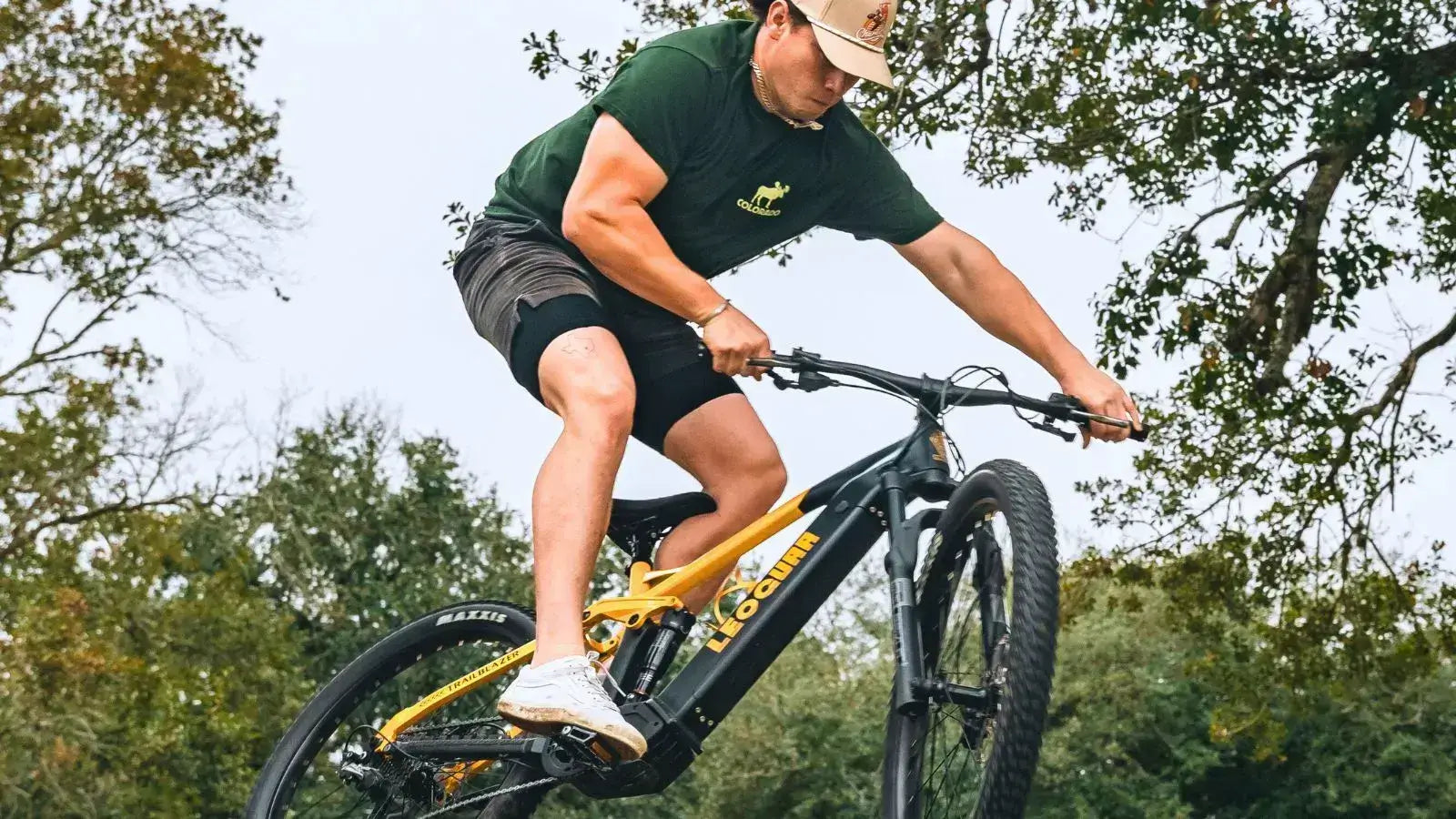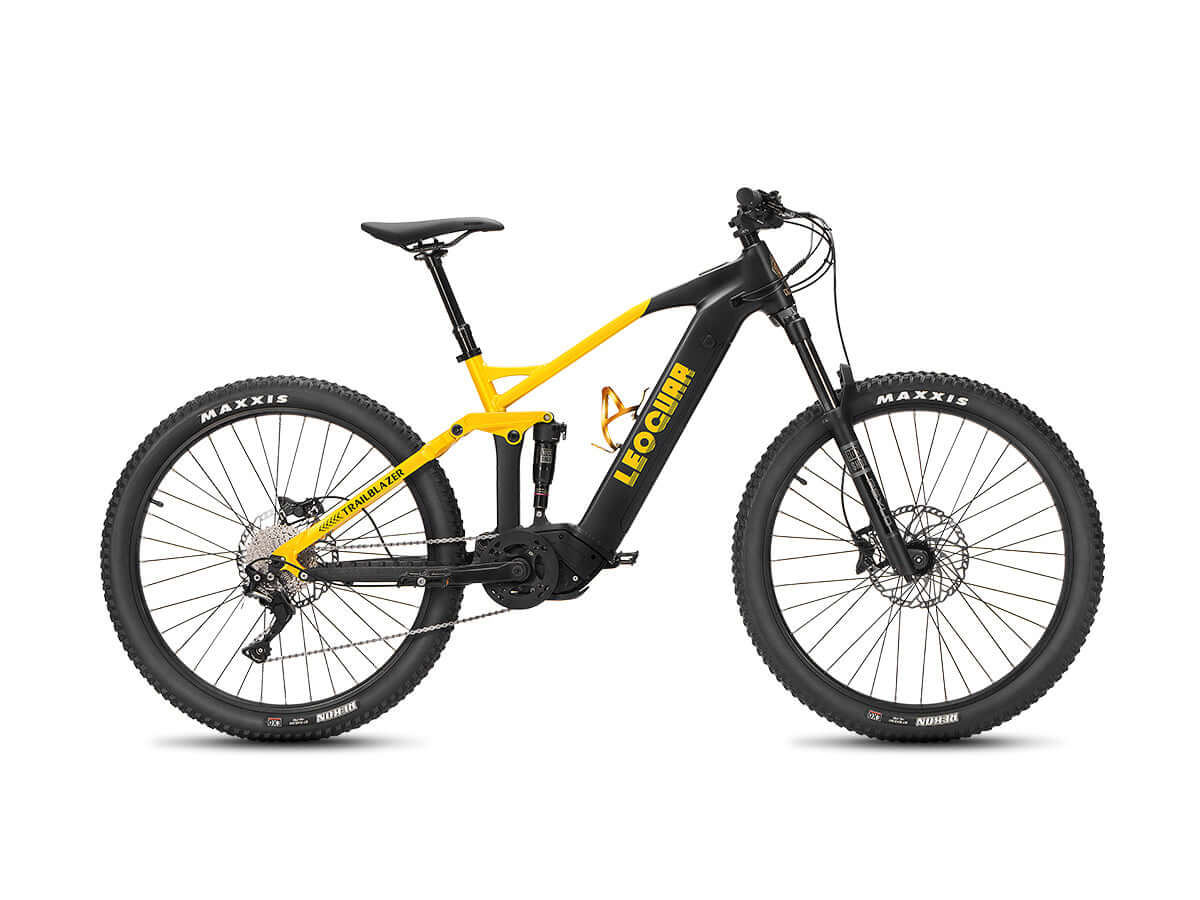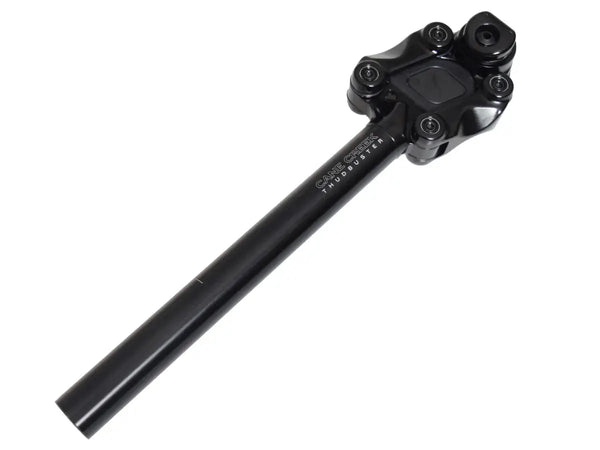
Full Suspension Ebike Mountain Bikes: Worth the Extra Cost?
You're at a crossroads in your e-bike journey. On one path sits the capable, budget-friendly hardtail e-bike mountain bike that won't break the bank. The other path leads to a gleaming, high-tech full suspension e-bike mountain bike that costs much more. Is the big price jump worth it?
We've helped countless riders make this exact choice. For most people who want to explore real mountain bike trails, the answer is yes, but it's not true for everyone. The "worth" depends on your riding style, the trails you want to ride, and how much you can spend. This guide will give you a clear framework to make that choice for yourself. You'll know exactly which bike fits your needs and budget by the end.
Suspension Basics Explained
Before we compare costs and benefits, we need to understand the basics. A bike's suspension system absorbs impacts from the trail and improves comfort and control. The key difference is where that suspension sits on the bike.
A hardtail e-bike mountain bike has a suspension fork at the front to absorb bumps. The rear of the frame stays rigid, which is why it's called a "hard tail." A full suspension e-bike mountain bike has a suspension fork at the front and a rear shock absorber built into a moving frame.
This second shock and the complex frame needed to make it work explain the higher cost and complexity. On an e-bike, where the motor and battery already make the bike heavier, suspension becomes even more important. It's not just about comfort - it's about managing the bike's weight over rough terrain and keeping you in control.
The Full Suspension Payoff
So what does that extra thousand, two thousand, or more dollars actually get you on the trail? The benefits are real and change your riding experience completely.
First is unmatched comfort on long rides. The rear shock does for your back what the fork does for your arms - it soaks up the endless bumps from roots, rocks, and rough trail surfaces. This isn't just about feeling good; it's about how long you can ride. We've seen it many times: after a two-hour ride on rocky, technical trails, the hardtail rider often feels beaten up with a sore back and aching arms. The full suspension rider feels much fresher, less tired, and ready for more. You can ride longer distances and recover faster between rides.
Next is better traction and control on challenging terrain. A full suspension system keeps your rear tire pressed against the ground consistently. On a hardtail, the rear wheel can bounce and skip over rocks and roots, losing contact with the trail. On a full suspension e-bike mountain bike, the rear wheel follows the trail's shape much better.
This gives you two huge benefits. When climbing, especially on loose, technical climbs, you get much more grip from your rear tire. The motor's power goes into the dirt instead of spinning out, letting you clean climbs you'd otherwise have to walk. When going downhill, that constant tire contact means better braking and more grip in corners.
This translates directly to more confidence and safety on the trails. The combination of comfort and control opens up a new level of riding ability. Trails that were once punishing or scary on a hardtail become fun and manageable with full suspension. A full suspension e-bike mountain bike encourages you to push your limits and improve your skills. You know the bike can handle more challenging terrain than you can currently ride.
The Reality Check
Of course, those benefits don't come free. It's important to be honest about the downsides that go beyond the higher price tag. This is the other side of the value equation you need to consider.
The most obvious factor is the higher initial cost. For similar quality components like brakes and gears, expect to pay at least $1,000-$2,000 more for a full suspension model compared to a hardtail. Full suspension systems also add weight to an already heavy e-bike. The rear shock, pivot points, and extra frame material make the bike heavier. This extra weight matters when you need to lift your bike onto a car rack, carry it up stairs, or move it around in your garage.
The most overlooked downside is maintenance complexity and cost. A hardtail is simple: keep the fork serviced and you're mostly done with suspension maintenance. A full suspension frame has many moving parts that need regular attention. Rear shock service should happen every 50-100 hours of riding and costs between $50-$100 for basic service. A complete rebuild might cost $150-$200 or more. The frame has multiple pivot points with bearings that let the suspension move smoothly. Over time, these bearings wear out from use and exposure to dirt and water. Replacing all the pivot bearings is a big job that can easily cost several hundred dollars.
Finally, there's a slight loss of pedaling efficiency on smooth surfaces. When you pedal on pavement or smooth dirt roads, some of your energy gets absorbed by the suspension movement. Modern suspension designs are very efficient, and many shocks have switches to lock them out, but a hardtail is still more efficient for pure power transfer on smooth surfaces.
Hardtail vs. Full Suspension
To help you see the trade-offs clearly, we've put the key differences into a simple comparison. This table gives you a quick overview to see where your priorities line up.
| Feature | Hardtail E-Bike Mountain Bike | Full Suspension E-Bike Mountain Bike |
|---|---|---|
| Best For | Milder trails, gravel paths, budget-conscious riders | Technical trails, all-around mountain biking, comfort-focused riders |
| Price | Lower | Higher |
| Comfort | Good (front only) | Excellent (front and rear) |
| Traction | Good | Excellent, especially on climbs and descents |
| Weight | Lighter | Heavier |
| Maintenance | Simpler & Cheaper | More Complex & Costly |
| Efficiency on Smooth Surfaces | Higher | Slightly lower (can be minimized with lockouts) |
Looking at the two side-by-side makes the choice clearer. It's a classic case of performance versus practicality, and the question is which column better describes the riding experience you want.
Finding Your Perfect Match
Let's move beyond specs and talk about you as a rider. We find that potential e-bike buyers generally fall into a few categories, so see which one sounds most like the rider you are or want to become.
The Light Trail Explorer
You see your e-bike as a tool for fitness and discovery. You plan to stick mainly to bike paths, gravel roads, and occasional smooth, flowing trails. Your priority is covering distance and enjoying the outdoors, not tackling technical obstacles or high-speed descents.
You value simplicity and lower cost of ownership over maximum performance. Our verdict: A full suspension e-bike mountain bike would be overkill for this type of riding. You'd be paying extra money for features you'll rarely use. A quality hardtail e-bike mountain bike will serve you perfectly, saving you significant money and future maintenance headaches.
The Weekend Warrior
You're the classic all-around rider. You ride a mix of trails, from smooth and flowing to more challenging routes with roots, rocks, and moderately technical climbs. You're adventurous and want a bike that won't hold you back as your skills improve. Comfort on rides that last several hours is a major priority. You want the confidence to tackle new, rougher sections of trail without feeling beaten up. Our verdict: A full suspension e-bike mountain bike is worth it for riders like you.
This is the sweet spot where full suspension truly shines. It will dramatically increase your comfort, letting you ride longer and feel better afterward. The better traction and control will boost your confidence, making challenging terrain more fun and less scary. This is the bike that will grow with you and unlock the full range of what mountain biking offers.
The Aspiring Shredder
You have a clear goal: ride faster, tackle more difficult terrain, and maybe even hit some small drops and jumps. You're drawn to the most challenging trails in your area and see the e-bike as a way to get more runs in. Performance is your top priority, and you understand that high performance costs more upfront and over time.
Our verdict: Full suspension is essential for this type of riding. For aggressive trail riding, a full suspension e-bike mountain bike isn't a luxury - it's a necessity. The control, traction, and ability to absorb big impacts are fundamental to riding safely and confidently on advanced terrain. A hardtail would be severely out of place, holding you back and delivering a punishing ride. The investment is required if this is your path.

Making Your Final Decision
So, is a full suspension e-bike mountain bike worth the extra cost? The answer depends on which type of rider you are. If you're a "Light Trail Explorer," the answer is likely no. Stick with a quality hardtail and invest the savings in great accessories or future bike trips. However, if you identify as a "Weekend Warrior" or "Aspiring Shredder" - the majority of people looking for a true mountain biking experience - the answer is yes.
The investment buys you more than just a rear shock. It buys you capability, confidence, comfort, and control on challenging trails. It transforms the ride from simply getting through a trail to flowing with it smoothly. The decision comes down to a simple trade-off: are you willing to accept the higher initial cost and increased maintenance for a much better experience on varied and technical trails? Only you can answer that question for your situation. But if you have any desire to progress beyond the smoothest paths, the investment in full suspension e bike will pay off in fun and performance every single time you ride. If possible, we always recommend test riding both types. A short ride on a familiar trail will tell you more than reading about the differences ever could.
Frequently Asked Questions
1. Q: How much more does a full suspension e-bike mountain bike typically cost compared to a hardtail?
A: You can expect to pay at least $1,000-$2,000 more for a full suspension e-bike mountain bike compared to a hardtail with similar quality components. The price difference comes from the additional rear shock, more complex frame design, and extra engineering required for the suspension system.
2. Q: How often does a full suspension e-bike mountain bike need maintenance?
A: Full suspension e-bikes require more frequent maintenance than hardtails. The rear shock should be serviced every 50-100 hours of riding, costing $50-$100 for basic service. Pivot bearings may need replacement every few years depending on riding conditions, which can cost several hundred dollars. Regular cleaning and lubrication of pivot points is also recommended.
3. Q: Will a full suspension e-bike mountain bike make me a better rider?
A: While the bike itself won't make you a better rider, full suspension can help you progress faster by providing more comfort and confidence on challenging terrain. The improved traction and control allow you to focus on developing your skills rather than fighting the bike, and the reduced fatigue means you can practice longer.
4. Q: Can I ride a full suspension e-bike mountain bike on smooth trails and roads?
A: Yes, you can ride a full suspension e-bike mountain bike on any terrain a hardtail can handle. While there may be a slight efficiency loss on smooth surfaces due to suspension movement, many modern shocks have lockout features to minimize this. The bike will work fine on smooth trails, though you won't get the full benefit of the suspension system.
5. Q: Is the extra weight of full suspension noticeable while riding?
A: The extra weight from full suspension components is most noticeable when lifting or maneuvering the bike off the trail, such as loading it onto a car rack. While riding, the weight difference is less apparent because the improved suspension performance often more than compensates for the added mass, especially on rough terrain where the suspension helps maintain momentum and control.










































Leave a comment